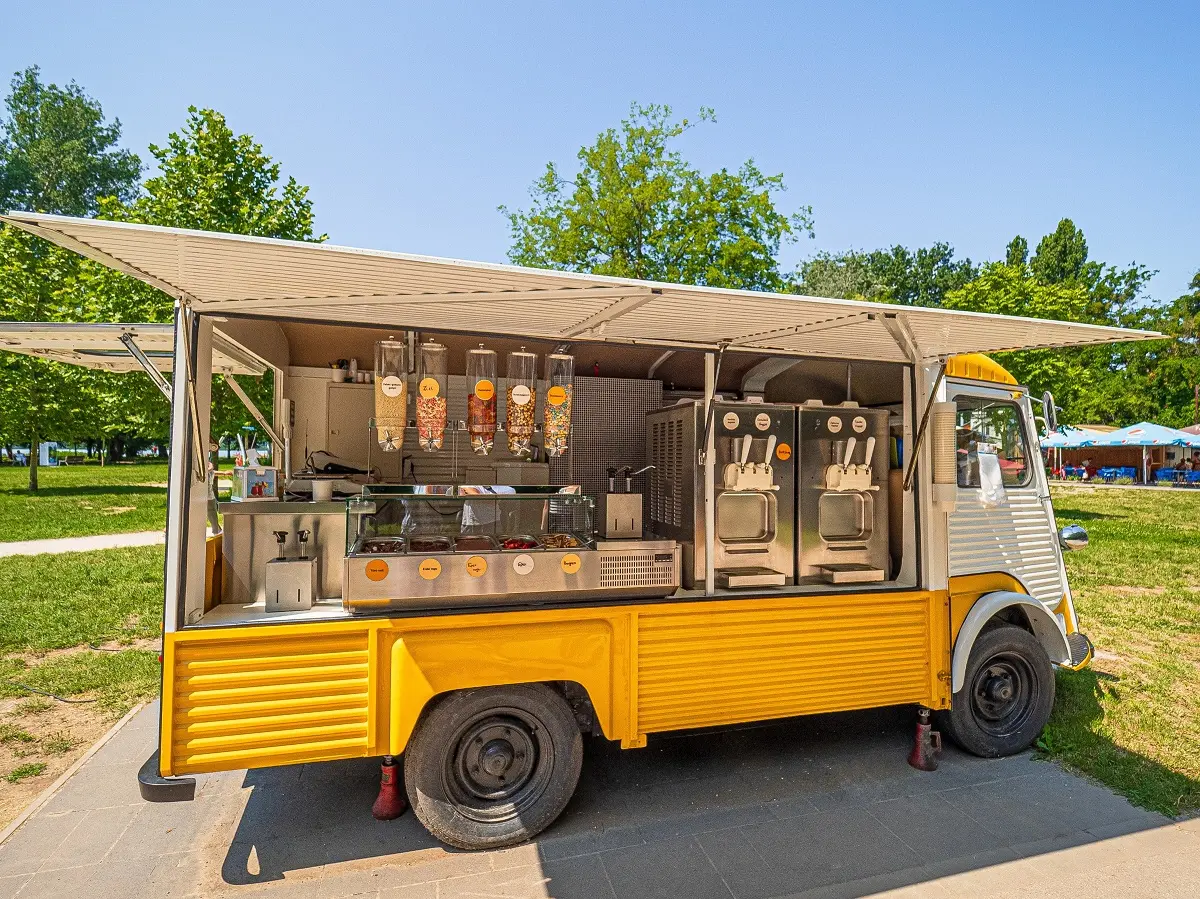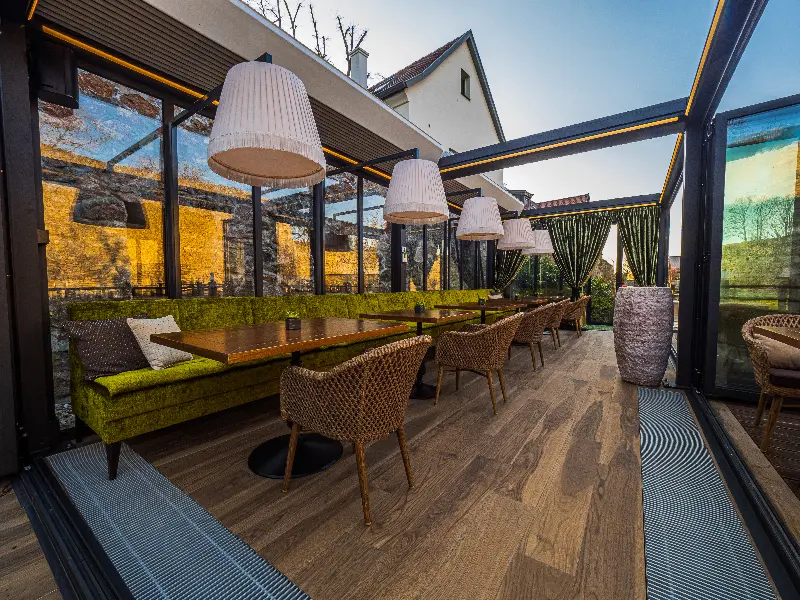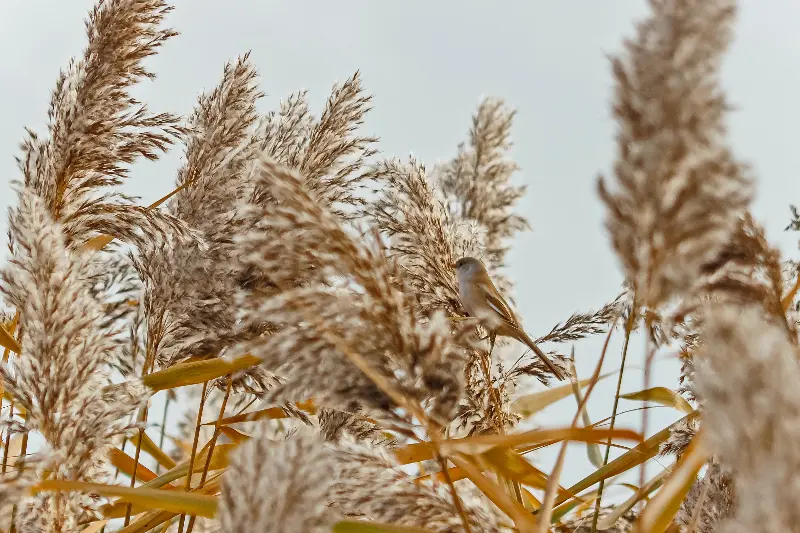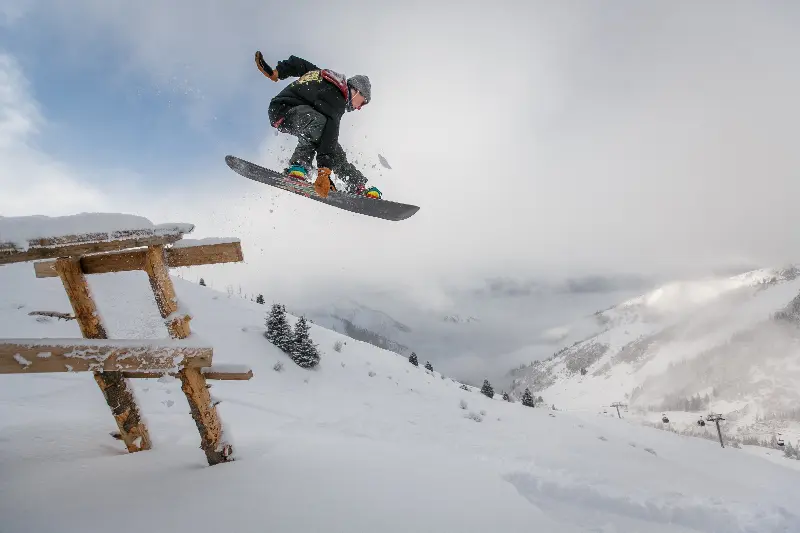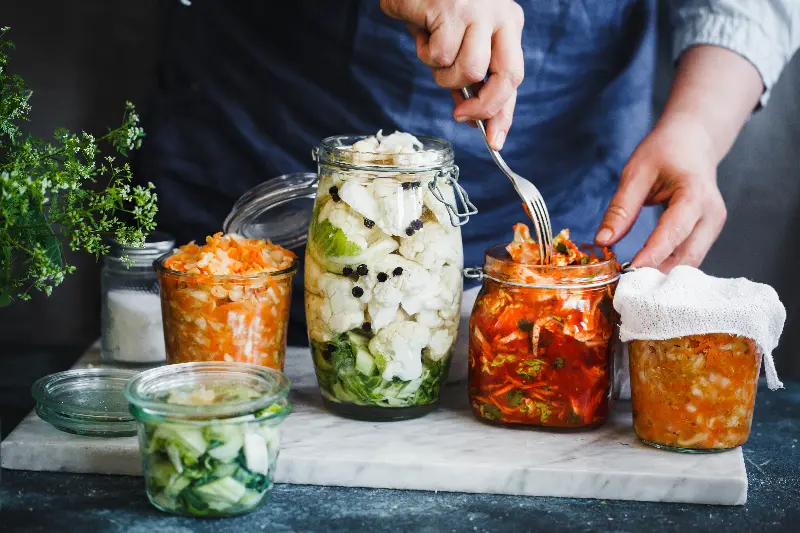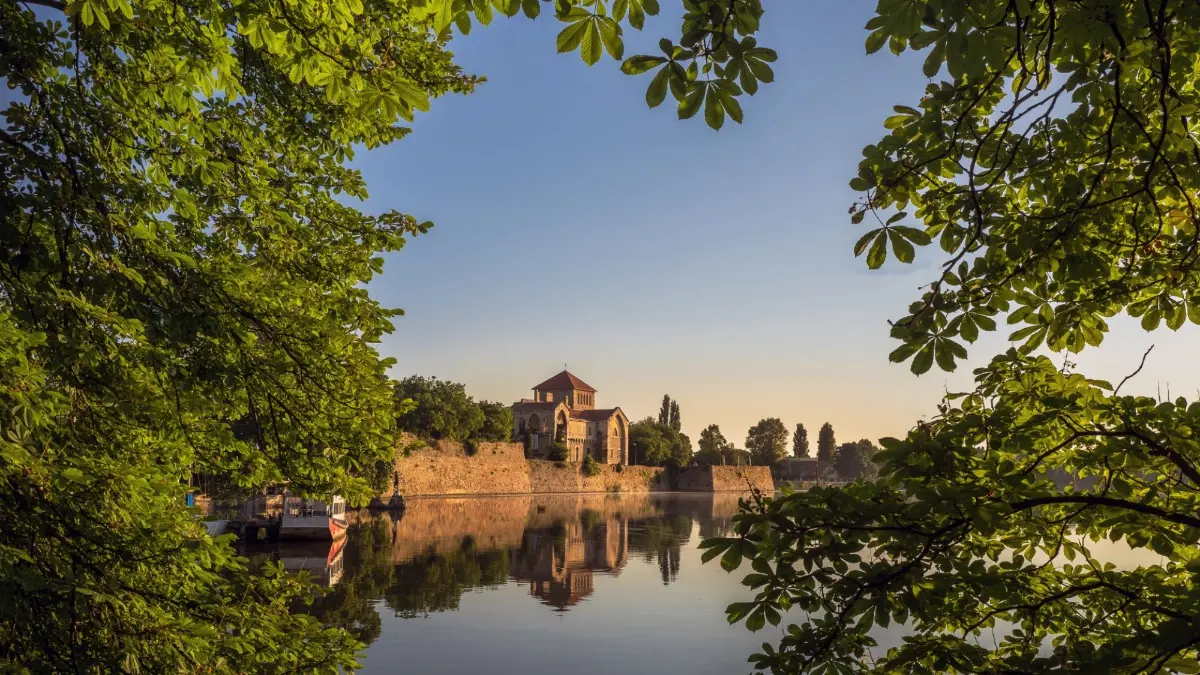
Helyszín címkék:
The Platán and what lies behind it – interview with Vivien Varga
Francisck Réka Alíz
What is the main attraction of the City of Tata?
In fact, the main theme in this city has always been relaxation and entertainment. Even King Matthias came here in almost every year of his reign, and big hunts were organised in the forests in the area. Later, the presence of the Esterházy family became decisive, and it was thanks to them that Tata was already a tourist destination to a certain extent, to use today’s terminology. A theatre was built, horse races were held, and there was a lively social life – not just within the walls. For example, the driver – whose descendant still lives in the street – is known to once have been ordered to drive to Vienna twice on the same day for champagne. The Esterházy family did not shut themselves away, the news, the latest fashions and recipes were leaked out, and gradually the image of the town and the spirit of its inhabitants were formed. Today, with 24 000 inhabitants, Tata is not a big city, but thanks to its fantastic potential, it was destined to be rediscovered and to shine in its former glory. Less than an hour’s drive from the capital, it has a rich cultural and gastronomic offer, a beautiful lakeside and a good microclimate – the latter, and more specifically the excellent humidity, is the reason why the Olympic training camp was established here. The lake is regularly used for paddling, kayaking and dragon boating. I also used to skate on it when I was a kid, at that time, it used to freeze over. But the city is also strong in running, fencing, cycling and judo. Although horse racing in Tata has come to an end, equestrian sports have recently begun to re-establish themselves in the city after a long break. Where we are sitting now, today’s Platán Bistro is one of the buildings of the former Esterházy estate, once an inn where the staff of the visitors of the “family” stayed. The Esterházys had originally planned to build the Baroque castle on the site of the fortress, but in the end, it was deemed more economical not to demolish it. How good that it has been preserved for posterity! It majestically dominates the landscape, and it is also an impressive venue for a number of events, such as the Tatai Patara, the Water, Music, Flower and the ‘Klassz a pARTon’ festivals.
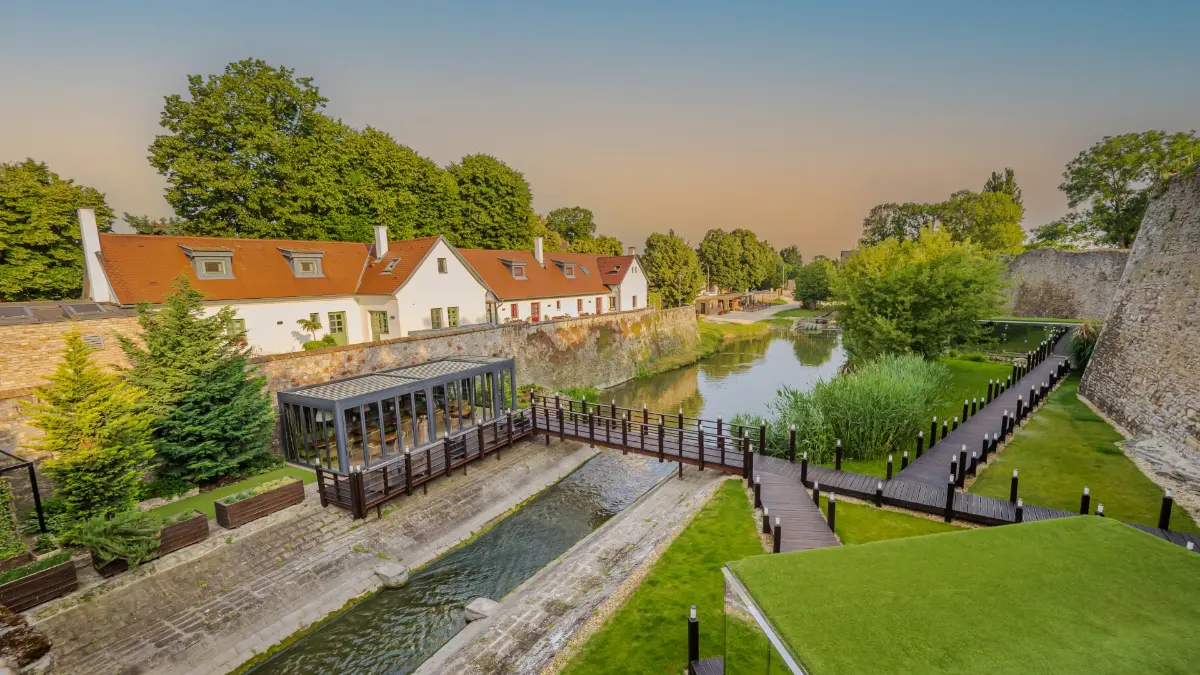
What other events should people attend, and how do you link up with these events?
We also try to be partners in city-organised events – we add what we can, for example, in many cases, we host guests. In the past few years, Tata hosted the big autumn event of the Stylish Rural Gastronomy (‘SVÉT’), and this year the SVÉT Gastronomy Festival will take place here between 13-14 September, hosted by the Platán team as a co-organizer. Later in the autumn, the Neszmély Wine Festival and Fish Days will take place, followed by the Old Lake Fishing, and in November, the Wild Goose Parade. It is a spectacular event, with around 50,000 wild geese rising from the lake early in the morning to fill their crops in the surrounding fields to the delight of farmers. The area has been a Ramsar site since 1989, and is a favourite with birdwatchers, with all 9 species of woodpecker found in Hungary nesting here. Between Platán Gourmet and Mirror SPA, in the inner lake, in the moat, herons and egrets are our returning guests, Sanyi and Rezső – that’s what we call them. We have a cooperation with birdwatchers, we have published a book called Bird Guide, and we also have a package offer that includes a birdwatching guided by an ornithologist.
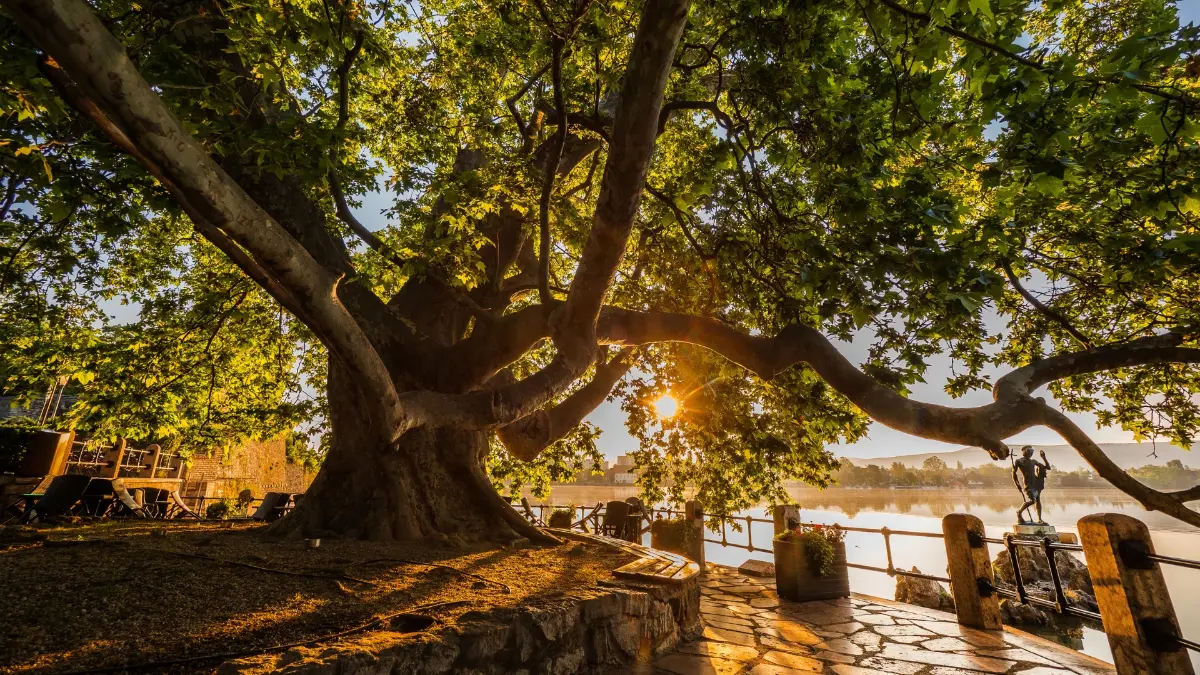
When you ‘took over the terrain’, what did Platán’s street and its surroundings look like, or what was in place?
It was absolutely waiting to be settled, but we already felt it had potential. Even then, our namesake, the almost 300-year-old Plane tree, brought from Versailles by the Esterházy family, stood steadfastly here. It has become our trademark, we care for it – we have adopted it. We also maintain the walkway that runs alongside it.
“It has never been a secret that we wanted to do good. That we wanted to cherish the wonderful natural values and the Baroque cultural and built heritage around us.”
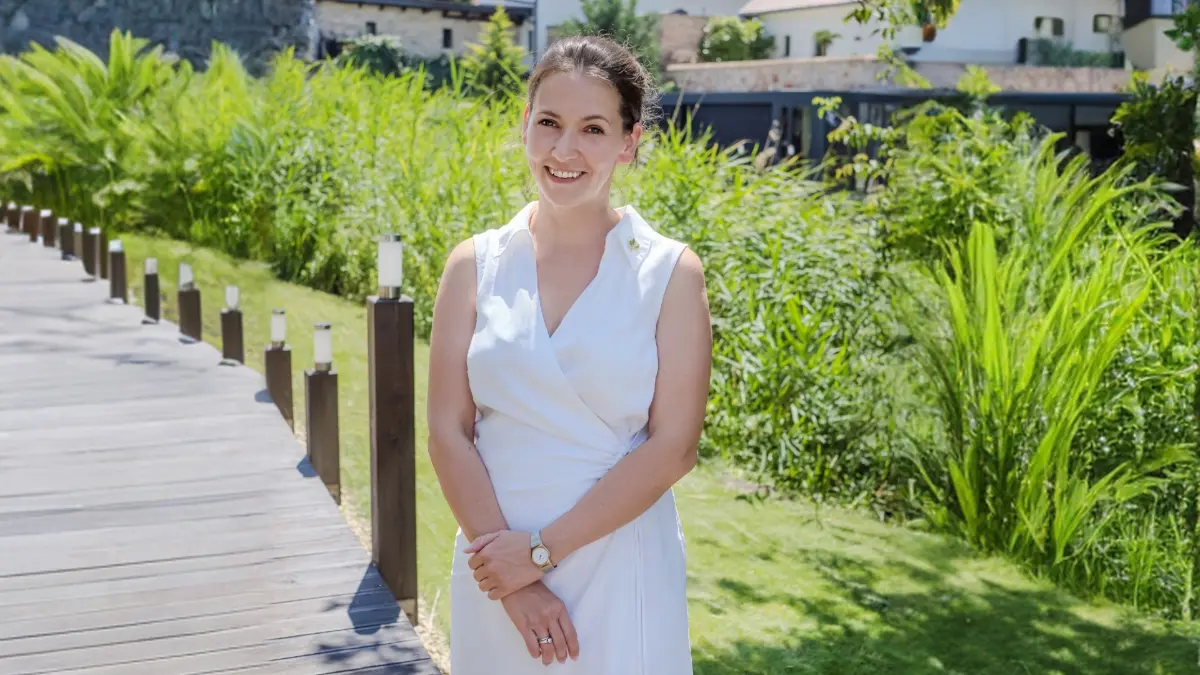
The building complex has undergone a major monument reconstruction, the interiors were designed by Zoltán Varró, designer of both the Platán Gourmet and the Mirror Spa, as well as the two hotel sections, the Platán Courtyard and Platán Street.
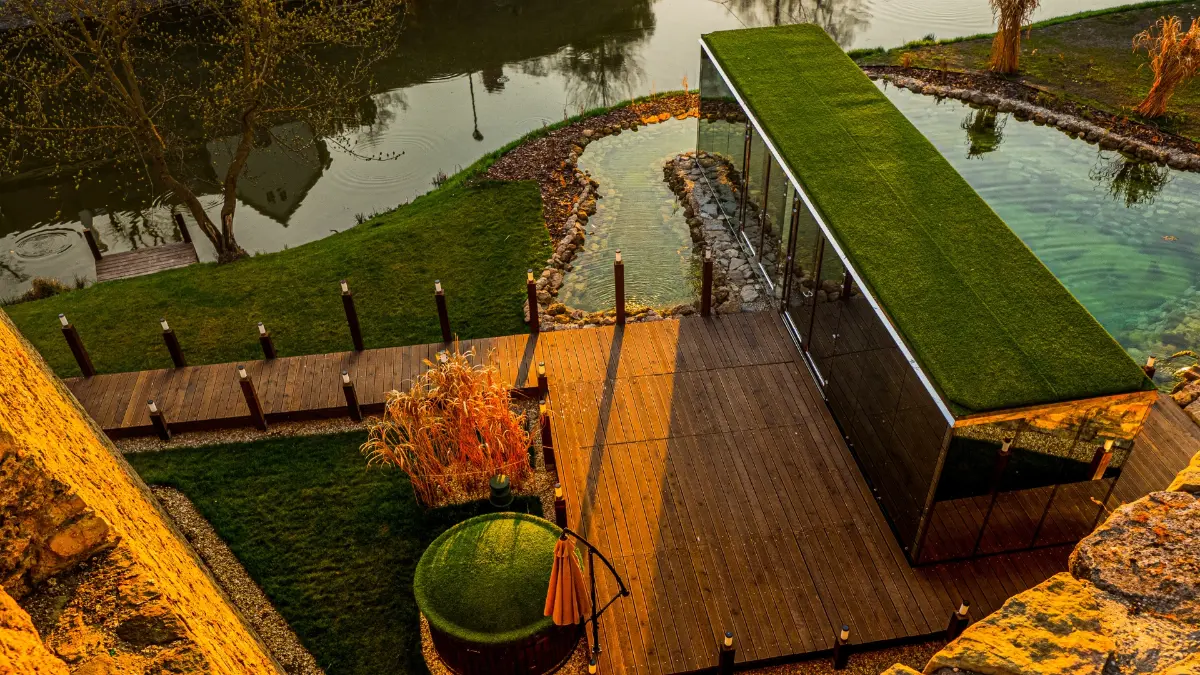
What or who gave the initial impetus to the evolution of the Platán complex, and what were the subsequent milestones?
One of the greatest figures of the Hungarian gastronomic transformation was László Jakabffy. He was incredibly progressive, almost visionary, truly an iconic figure in Hungarian catering industry. He was involved in developing the very first concept more than 14 years ago, and he introduced us to István Pesti, who joined us in 2015. In the summer of 2020, the Platán Restaurant and Café, which until then had been a single unit, separated: the Platán Bistro opened, followed by the Platán Gourmet Restaurant, which is now named after István Pesti. It was a great pleasure when our fine dining restaurant was awarded two Michelin stars, and our bistro was also included in the Michelin Guide Hungary Selection 2022. In the meantime, we have also opened our own artisan bakery, where you can buy primarily sourdough breads and delicious pastries, but also homemade jams and speciality coffees dedicated to Platán. The promenade is home to a kiosk offering takeaway drinks and food for those walking around the lake, and in summer, there is also a Citroën H1 with a built-in ice cream machine on the lakefront, in another point of the city. On the other side of the Tata Castle, right on the lakeside, you will find Korzó, where you can also enjoy heavenly artisan burgers served in our bakery’s baguette. Our latest unit is the café of the Esterházy Castle, where you can also taste delicious cakes.
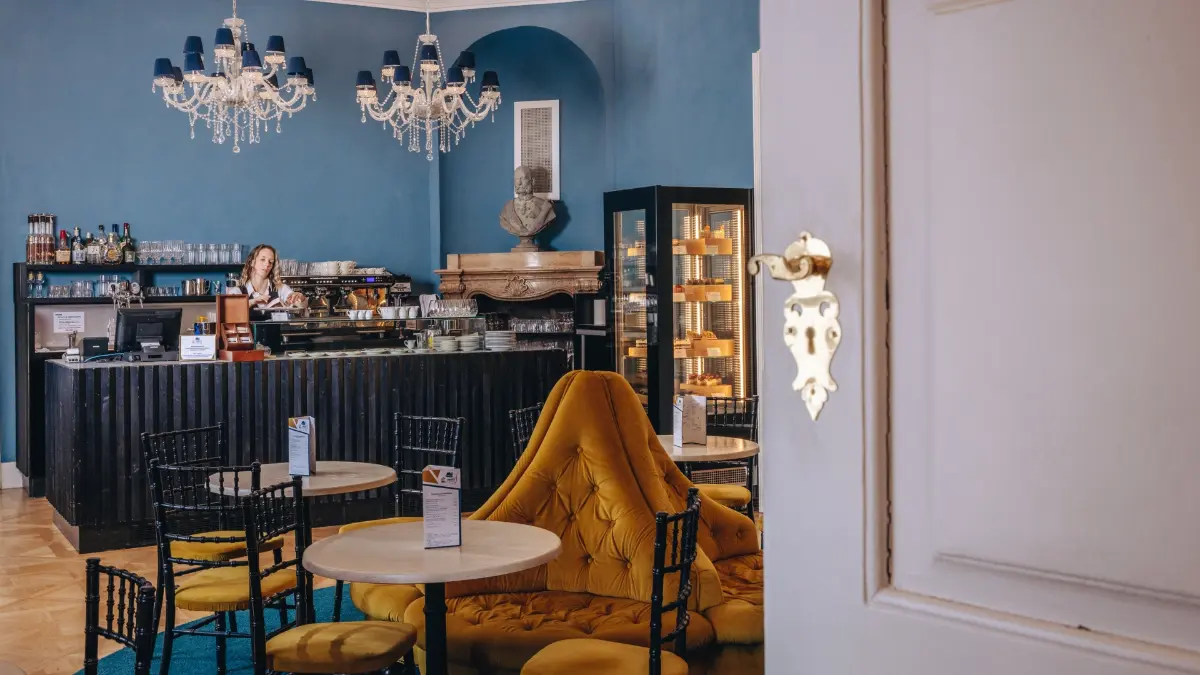
How many people are working to make it all run smoothly?
In total, around 100 people are involved in the operation of the Platán units, joined by students during the summer. Plus gardeners, outsourced maintenance staff, mechanics, carpenters – there is always something to do here, from Monday to Sunday. Operational contributors are important, but so are the artistic spirits who spice up our daily lives with their creativity, often literally.
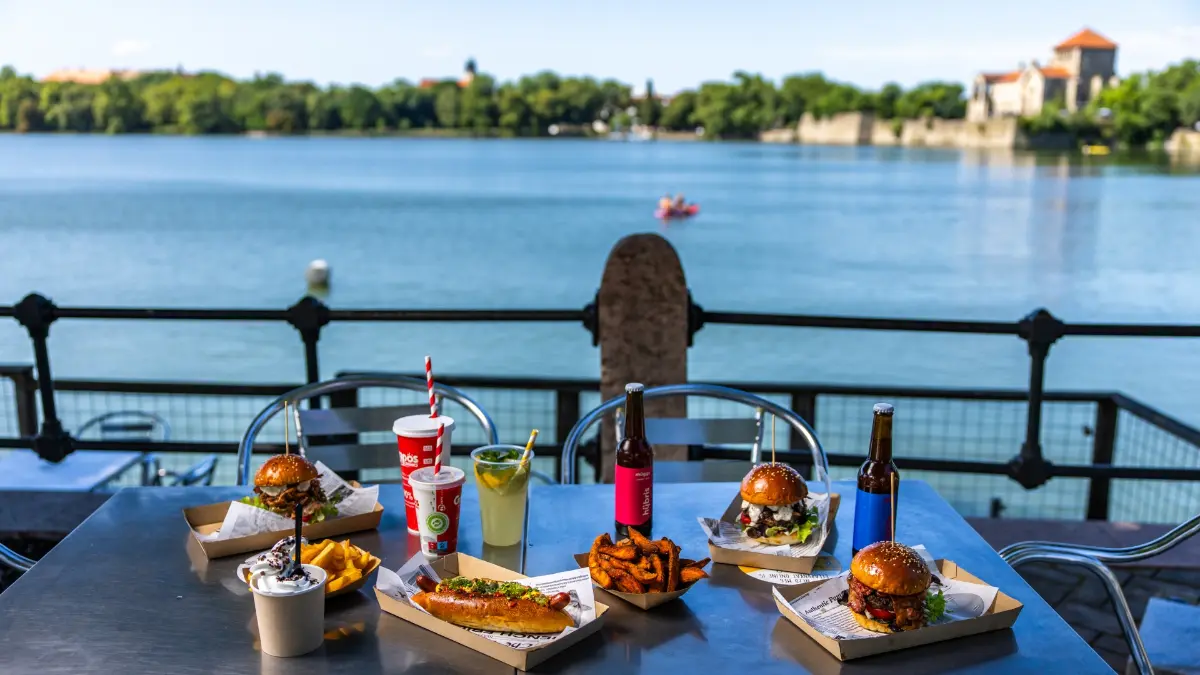
Where can you develop from here, if at all?
I may be biased as a local, but I think that Tata and its surroundings have all the qualities to follow the example of Wachau, but we need a well thought-out concept, with the Neszmély wine region as a partner, as well as the Tata city administration, accommodation providers, restaurants, producers, but also local artists and craftsmen. In my view, regional branding can only be successful if it is co-produced and mutually supportive. For us, it is important to work in partnership with tourism and with local forces to provide an increasingly complete experience for our guests. To give you an example: we have teamed up with the local golf club, for example, and we have a joint package offer. We work with local sailors, providing picnic baskets for cruise tours. We have a large number of returning guests, and we are beginning to develop a domestic audience of connoisseurs, but we still have room for improvement. And speaking of international lines, we have launched a shuttle service; most of the passengers come from Budapest and Vienna, but István Pesti’s culinary art also attracts many from Slovakia. We hope that more and more people will come to visit us, and even if they start with fine dining, during their few days here they will not only try the wide repertoire of Platán, but also visit other restaurants in Tata and other towns in the region. And how can you get better, how far can you grow? Well, we just do our job every day and hope to get better and better.
